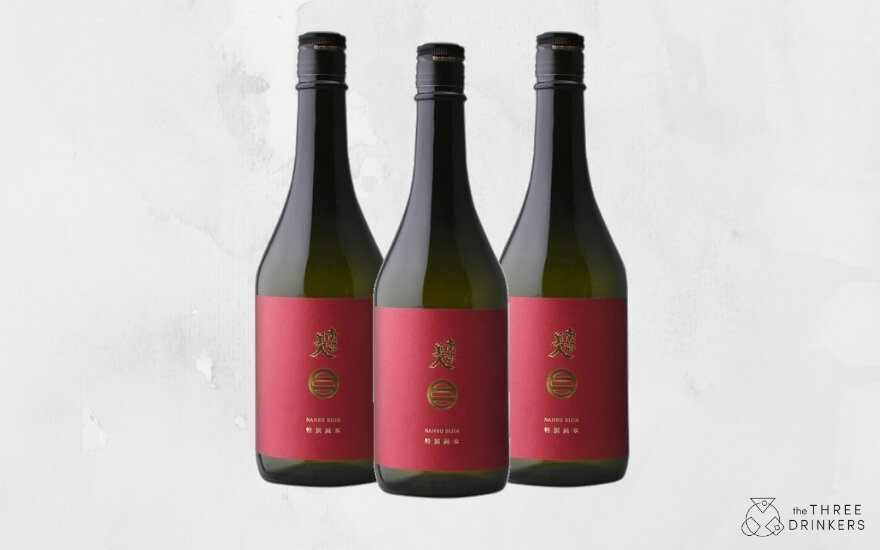Written by Helena Nicklin
If you haven’t tried and fallen in love with sake yet, the ethereal rice wine hailing from Japan, I fully suggest you do. It’s not about overheated, suspect quality booze served in Japanese restaurants; high quality, fine sake is now widely available across the UK and US, offering us a much more interesting choice when we’re dining out or drinking at home. But let’s start at the beginning: what is sake and why do you need to know about it?
What is sake?
In a nutshell, sake is an alcoholic wine made with rice and water. It looks very similar to wine made from grapes and typically has an alcohol content of between 13 and 17 % abv. It hails from Japan but recently, there have been sake breweries popping up elsewhere in the world, such as Kanpai in London and Dojima in Cambridge.
What does sake taste like?
There are several styles of sake but they generally share a similar quality of subtle earthiness and a touch of green melon. It’s umami in a subtle way. The closest wine equivalent I can think of to a classic style of sake is a Muscadet sur lie (without the co2 prickle). It also has a fabulous, weighty texture that’s incredibly moreish, though could be an acquired taste.
Rice polishing and its effect on sake
Received wisdom states that the more a rice grain is polished, the better quality the sake will be. We start with ‘junmai’, which is table sake, where no minimum rice polishing is required. Then, we move up in quality to a higher polish with ‘junmai ginjo’ at 60% and then at the top, there’s ‘junmai daiginjo’, where only 50% of the rice grain is used. Usually, the junmai ginjo and junmai daiginjo are more aromatic and elegant because of the polishing. Do not drink these warm as you’ll lose those delicate flavours.
Can sake be drunk alone or with food other than sushi?
Yes, yes and thrice, yes. The beauty of sake is its versatility, both with food and without. In comparison to wine, it’s less acidic and less bitter and with a pronounced texture, so it sits with many foods very well and is not too much when tasted alone. Sake is never just sake either, so the choice is huge. There’s dry sparkling, sweet sparkling and a wealth of still styles from the light, dry and floral to richer, darker, wood-aged wines. Below are some killer matches that I tasted recently that went well with non-sushi dishes as well as some other suggestions:
What to eat with sake?
Sparkling sake
Ditch the Prosecco and try a sparkling, slightly sweet sake. If you pair this with a salty starter, like seriously good prosciutto or salty cheese, it absolutely sings as the saltiness complements the sweetness, balancing everything up nicely. We also tried this with calamari and a trio of dips. It was an excellent match with sweet chilli sauce and provided a really interesting match with the tzatziki-style yogurt dip, enhancing the flavours in the wine and the food. It would also be cracking with fish and chips!
Try: Akashi- Tai Junmai Sparkling Sake. £12.50 from Master of Malt.
Light, elegant and aromatic sake
If you prefer something a little drier, crisper and more aromatic, more akin to a dry white grape wine such as Muscadet, an elegant Junmai would be wonderful. You can have this alone or with some slightly salted nuts or crisps for a starter or even with a main dish, such as delicately flavoured cod. We tried this with a touch of melon, apple and sun-dried tomato, which let the sake shine. The flavours didn’t fight each other.
Try: Nanbu Bijin Tokubetsu Junmai Sake. £26.99 for 75cl from Londonsake.com
More fruity and floral, vinous sake
If you’re thinking you’d rather have something that would take the place of an unoaked, cool climate Chardonnay or even Viognier however, then this Junmai Daiginjo sake is the bomb. With a little more weight, with stronger peachy, melon notes and an almost oily texture, these sakes can take a little more flavour. Cod works, battered or otherwise. Chicken casseroles or roasted chicken or turkey make great matches too!
Try: Nabeshima Daiginjo Sake. £79.99 from Hedonism.co.uk
Bolder, more savory and weighty sake
Here’s where sake feels a little different! ‘Taru’ sake is aged briefly in cedar barrels, which gives it a hint of yellow colour, makes it more textural and gives it more savoury, umami notes. This is a hefty sake that can stand up to meat or dishes like partridge with pomegranate, raisins and capers in curry sauce, as we found out. It was remarkable how the sake carried all those flavours seamlessly.
Try: Choryo YoshinoSugi no Taru, £42.64 from Amazon
If you enjoyed reading this, make sure you check out Seilan’s colour changing blue sake here.





